Trees
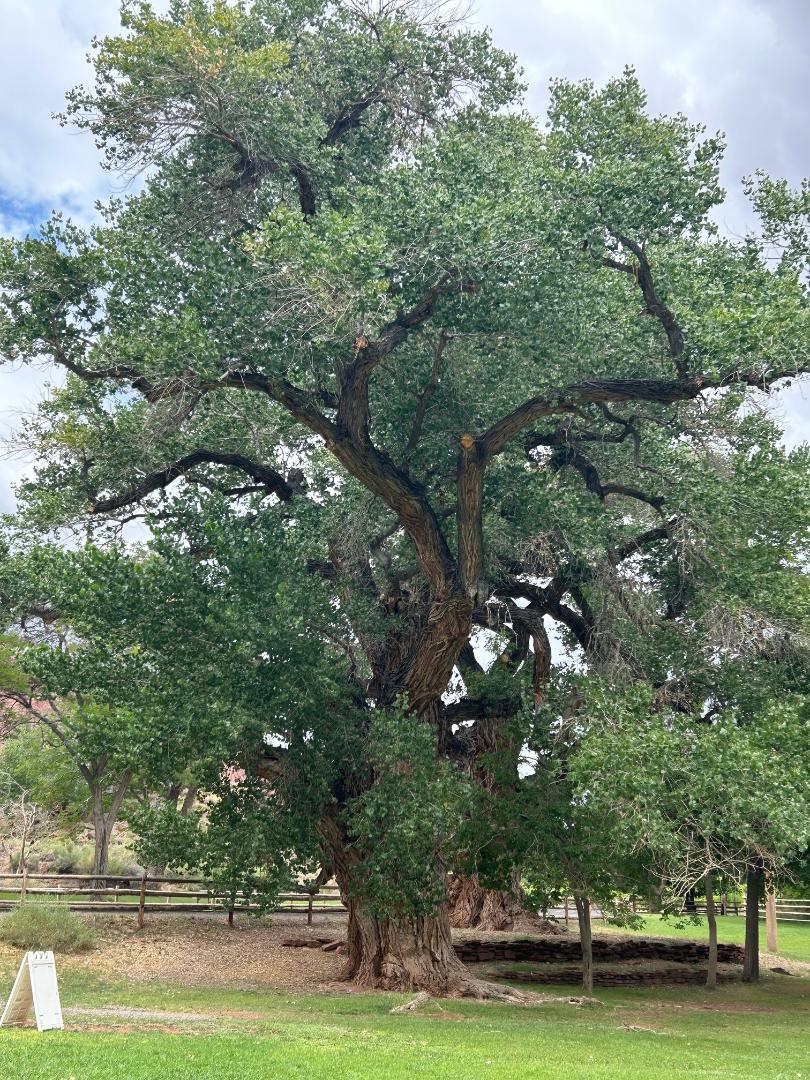
African Limba
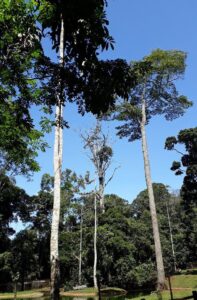
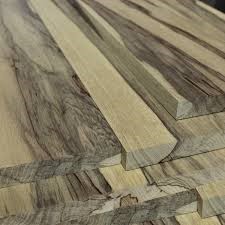
African Limba Although called black and white Limba (dependant on the amount of grain), both woods are from the same tree found throughout tropical Western Africa. The tree gets its name from the Limba, a community of rice farmers that lived in the hills of Northern Sierra Leone. It is often used in making mandolins and guitars for its light weight (for a hardwood), contrasting grain, and its super resonant tone. Janka Rating – 930
African Teak
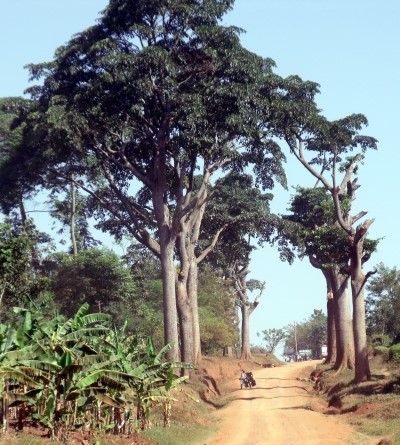
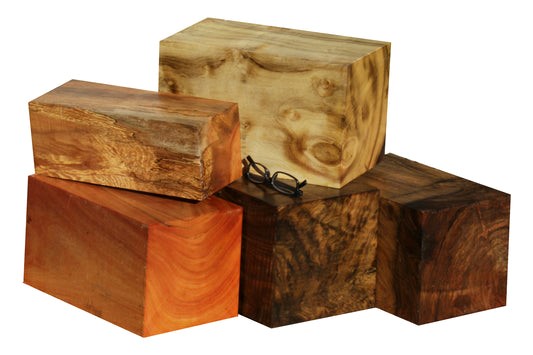
African Teak Native to the Northern Kalahari and ranging from the Ivory Coast to Ethiopia and south to Mozambique, African Teak is a durable wood of variant coloring also known as Iroko, Afrormosia, and Kokrodua. Teak is often used for its natural water resistance in making boats and bath tubs. Unfortunately, its value makes this tree a target for illegal logging. Janka Rating – 1560
Alder
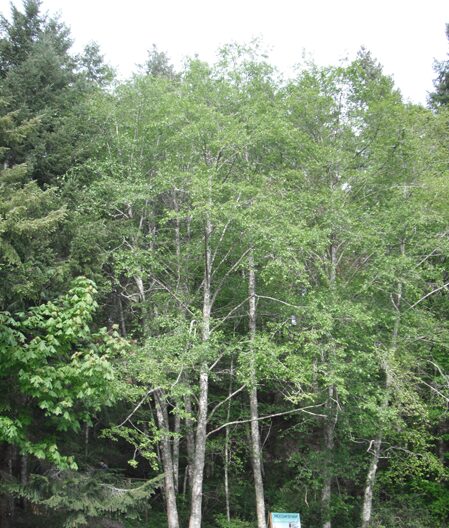
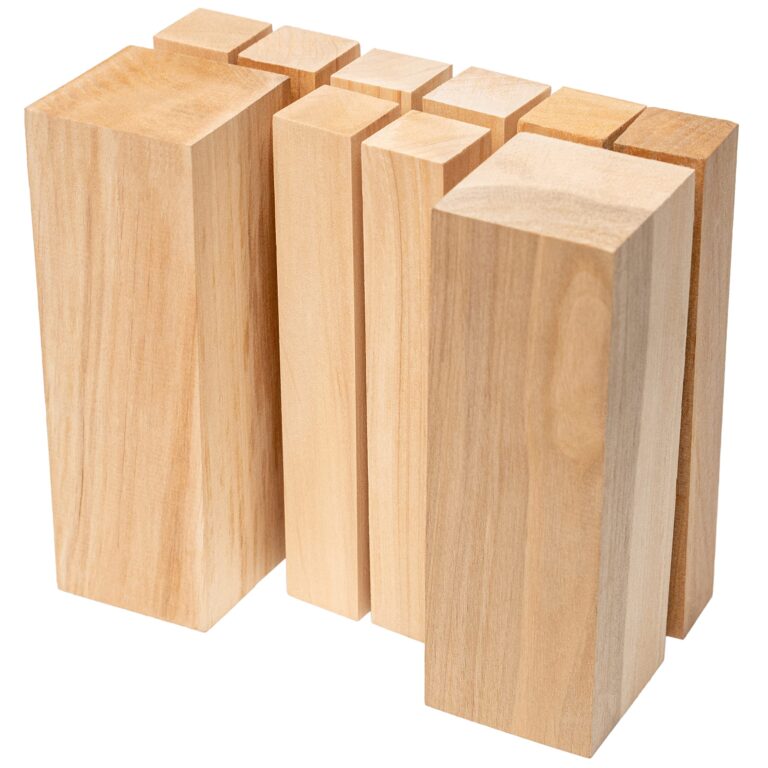
Alder A widespread and colorful family of trees, Alders grow around the globe. White Alders prefer the Pacific Northwest, but there are also the Japanese, Grey, Green, European or Black, and Red Alders as well. Janka Rating – 590
Ash
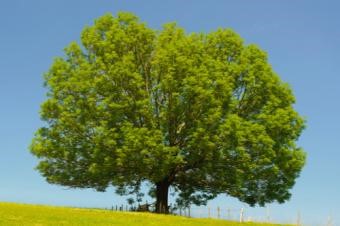
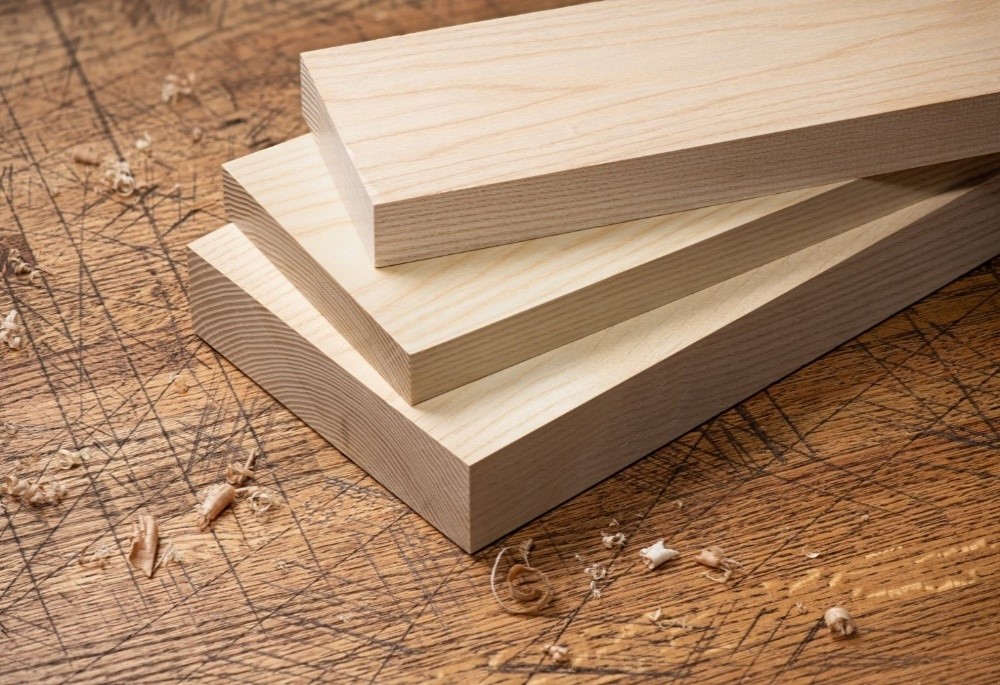
Ash A glorious shade tree with 13 species (white, green, black, etc.), related to olive trees, and is found throughout North America, Europe, Africa, and Asia. Folklore abounds with this tree for the Brits, the Celts, the Gaels, and the Vikings to name a few. Both Odin and Thor had magical spears made of Ash wood. Janka Rating – 1320
Beech
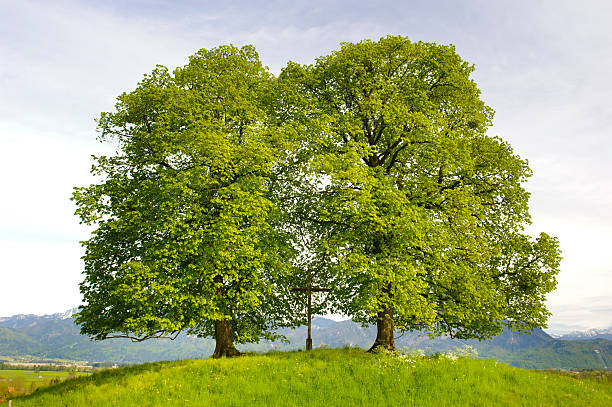
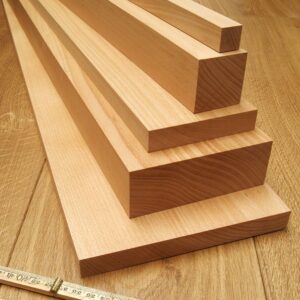
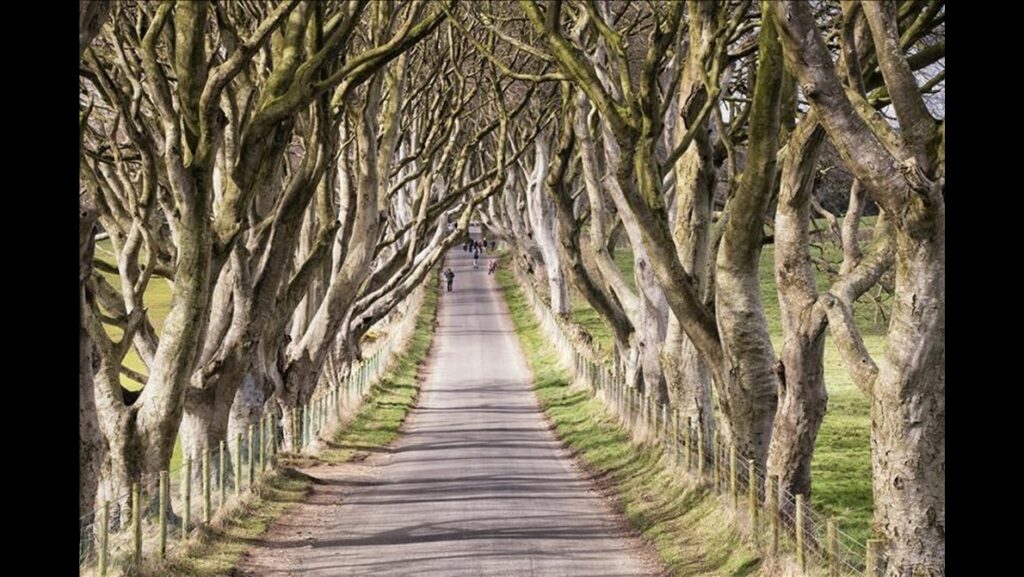
Beech In Britain, the Beech tree is sometimes called the “queen of the woods” and is often associated with femininity. Fairies were said to take shelter in the shade of Beech trees and protect them. In Celtic mythology, the Beech tree was associated with the god Fagus and thus the genus name of all 13 species that grow throughout North America, Europe, and Asia. Slats of washed beech wood are spread around the bottom of fermentation tanks for Budweiser beer. One of the most photographed roads in Northern Ireland is the Dark Hedges, a beautiful row of 244 year old Beech trees that has been made famous by appearances in TV shows and films such as The King’s Road in Game of Thrones. Janka Rating – 1300
Black Walnut
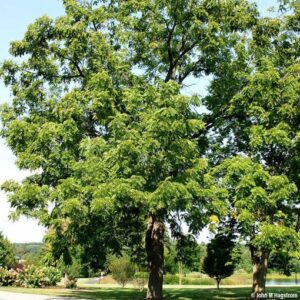
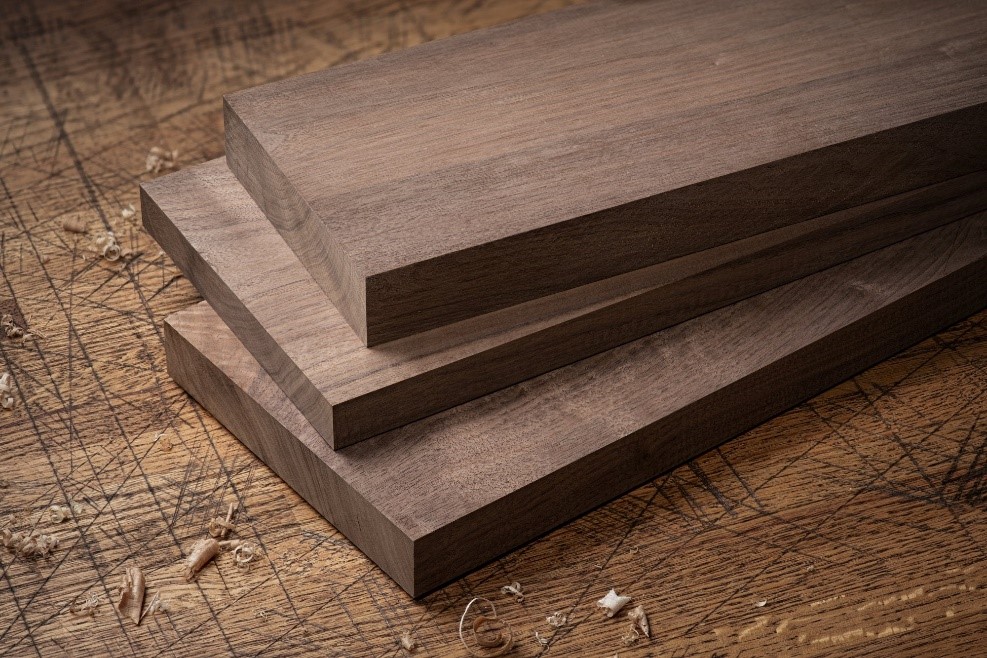
Black Walnut Highly prized for its straight, dark, heavy, strong, fine-grained heartwood, these beautiful shade trees are now relatively rare in the wild even though ranging from Vermont to Texas. Black Walnut trees were encouraged to grow near farm houses by the Dutchmen as there was a folk belief that they “attracted lightening” and so spared the house from being struck. However, in the Ozark Mountains, the trees were not allowed to grow too close to homes because of this electric attraction. Some thought walnuts to symbolize wisdom, some thought burning them was bad luck. Janka Rating – 1010
Bloodwood
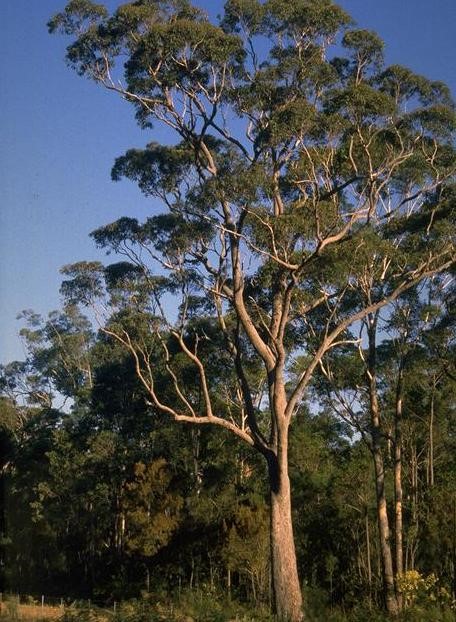
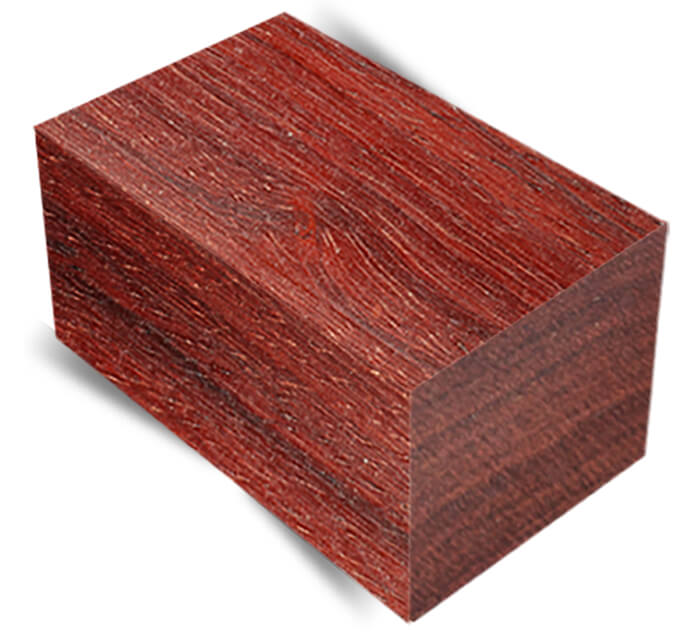
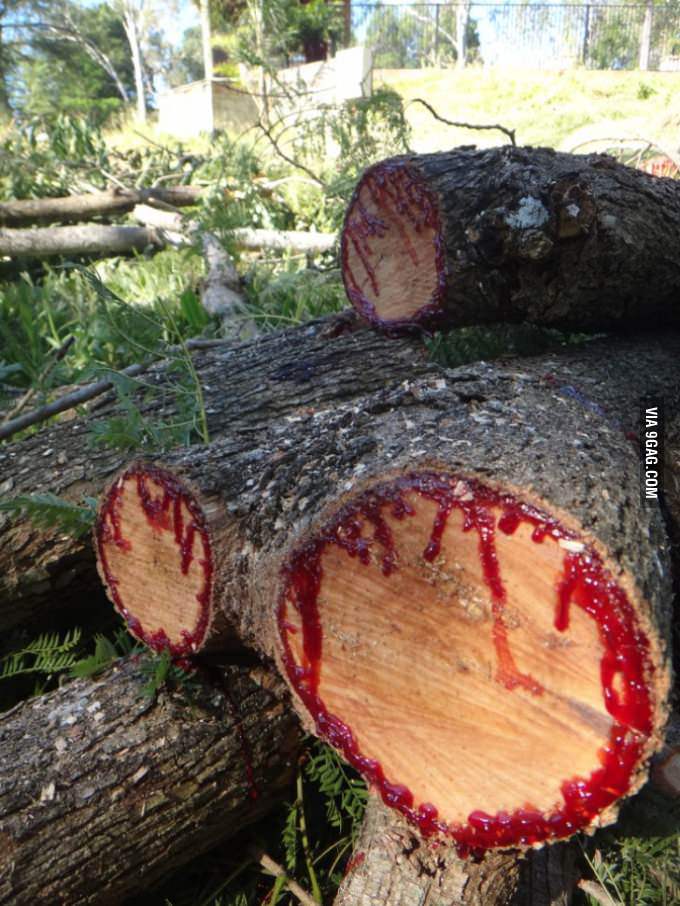
Bloodwood Another giant of a tree, the Bloodwood comes from Tropical South America and stands 80 to 150 feet tall, 4 to 7 feet wide, and is often called Satine. The dense, deep reddish wood is used for furniture, guitars, and knife handles. Many trees are called ‘bloodwood’ because they, like Satine bleed red sap when cut! Janka Rating – 3300
Bubinga
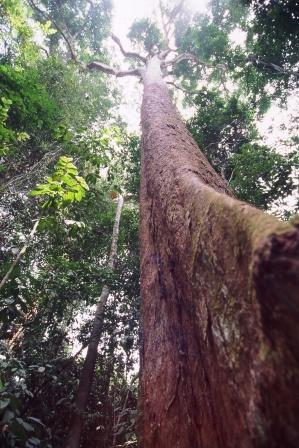

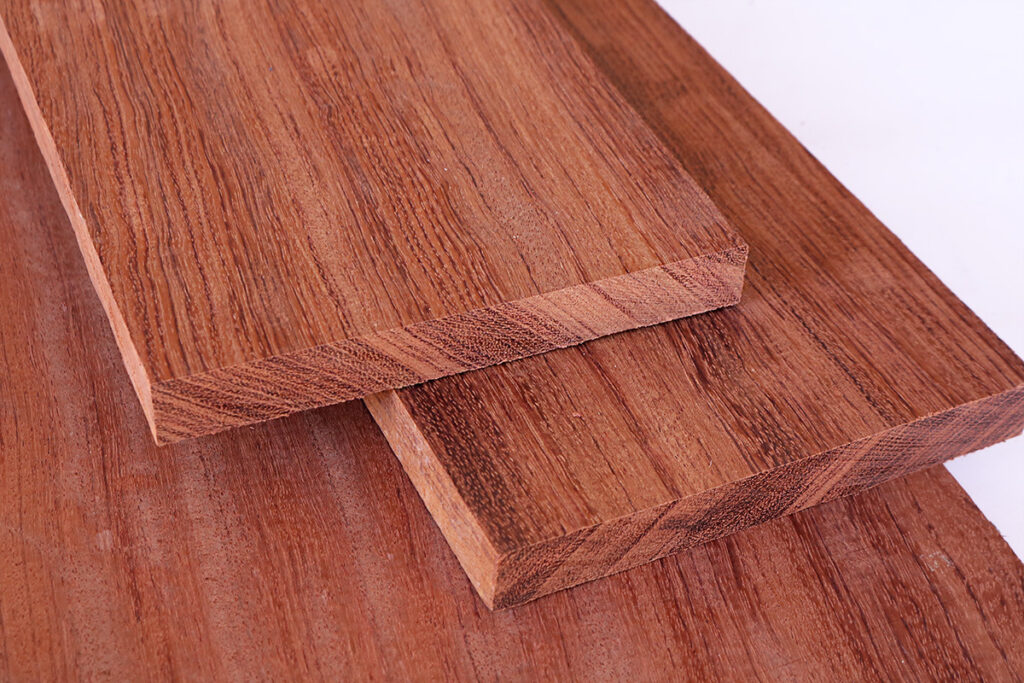
Bubinga Towering 100 feet in Cameroon Central Africa, this tree can grow to have an 8 foot diameter and weigh 56 tons! The Bubinga’s wide girth and fine straight grain has made the tree a common choice for live edge tables. However if you’re a lumberjack, you better step aside when this behemoth falls down or you’ll be as pressed as those wild flowers you like to sing about! Janka Rating – 1980
Canarywood
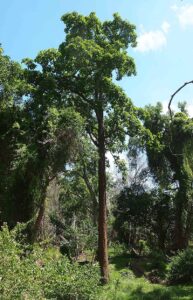
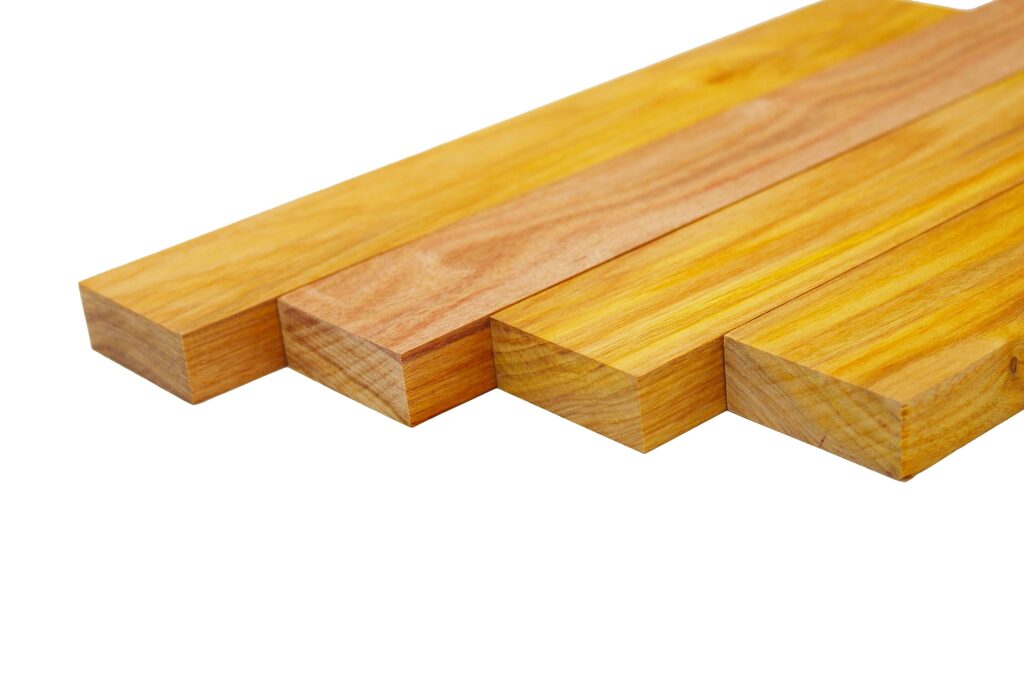
Canarywood A tall tree found from Panama to Southern Brazil, the Canarywood tree can reach 100 feet high with a trunk 3-4 feet wide sprouting yellow or purple flowers. A dense, stable wood with a pale rosy to vibrant yellow hue with dark brown graining, Canarywood is used from jewelry boxes to cabinetry to boat keels. Janka Rating – 1520
Ebony
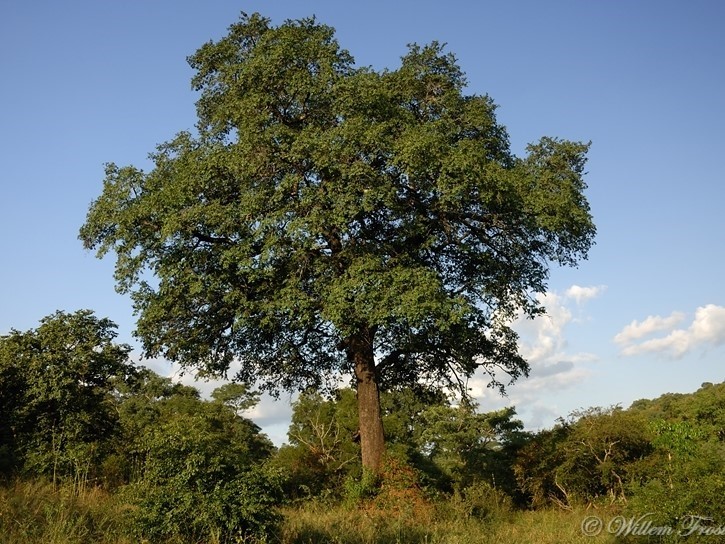
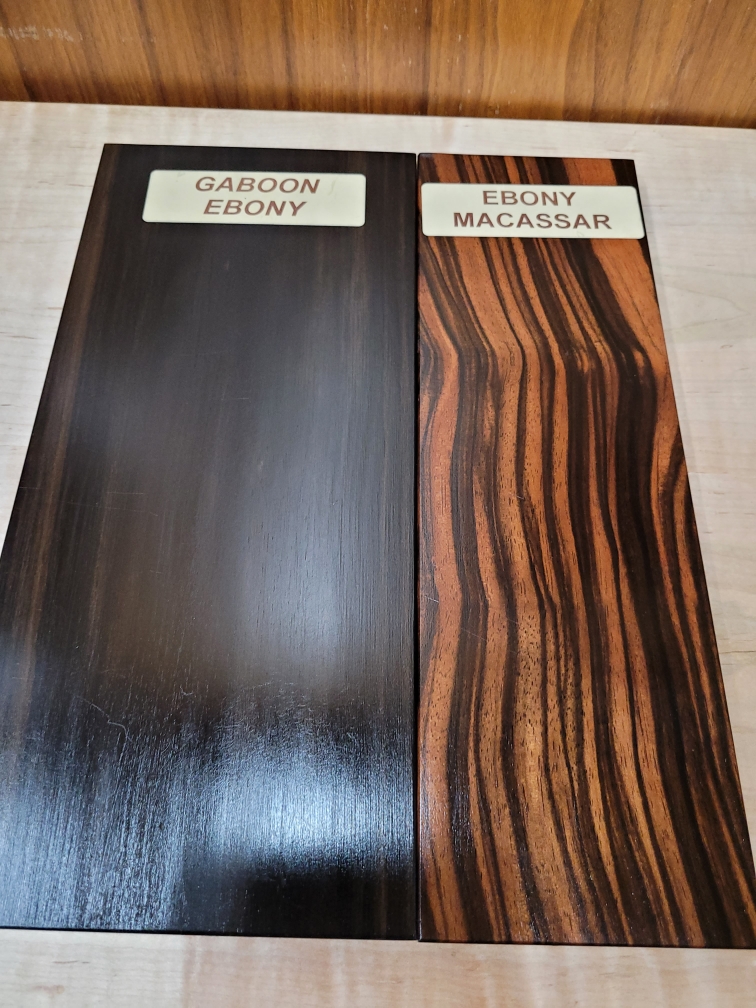
Ebony Ebony is one of the hardest woods and is the darkest wood known, used for centuries in making musical instruments and furniture detailing. Slow to grow, small in size, and in almost unceasing demand world-wide, the endangered African and Indonesian trees are also one of the most expensive woods available. There are two types of Ebony, African Gabon Ebony is almost black while Indonesian Macassar Ebony is a deep reddish brown with black graining. Both have similar density and finishes texture. Thought to repel evil spirits, Ebony was even used to make drink glasses to protect their users from being poisoned. Janka Rating – 3220
Hickory
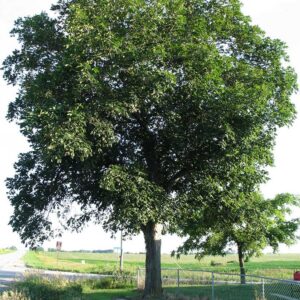
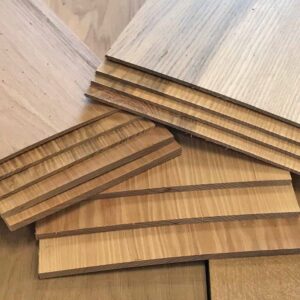
Hickory In the same family as walnuts and pecans, Hickory trees grow from New England and Quebec to Alabama and Eastern Texas. Once used for switches, school paddles, and baseball bats, Hickory is now commonly used for tool and axe handles, golf clubs, skis, lacrosse sticks, and drum sticks. The force needed to crack Hickory nuts will usually crush the meat inside. Still, it has a nice flavor despite the smooshed texture. Janka Rating – 1820
Jatoba
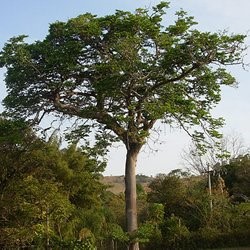
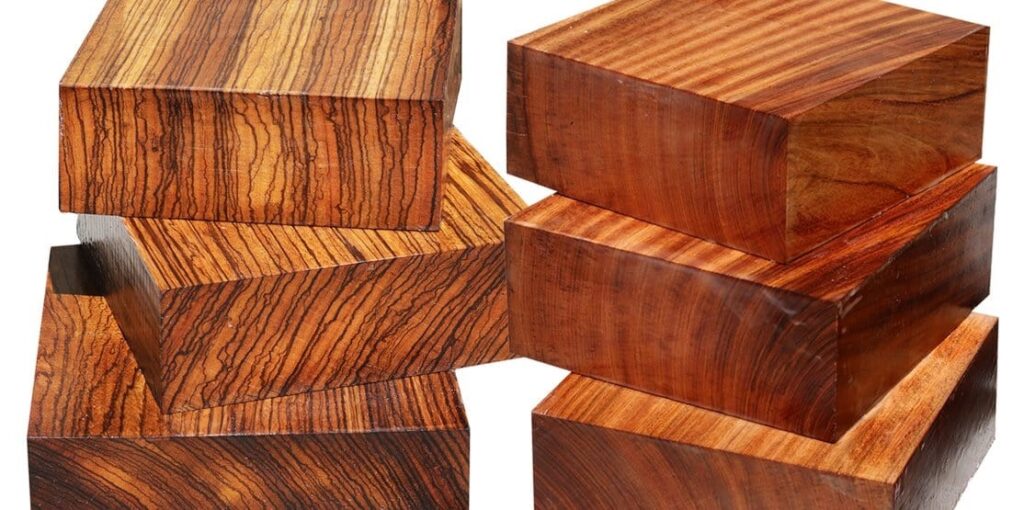
Jatoba Also known as Brazilian Cherry, it has little relation to the domestic Cherry found in the US, and it grows from Southern Mexico to Northern Brazil, Bolivia, and Peru. The Jatoba tree contains large amounts of resin that keep the wood from softening even after it dies. Perhaps it was this property that led some Amazonian tribes to believe that drinking Jatoba bark infusions would boost sexual performance. Janka Rating – 2820
Koa
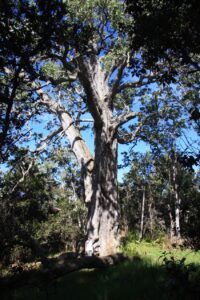
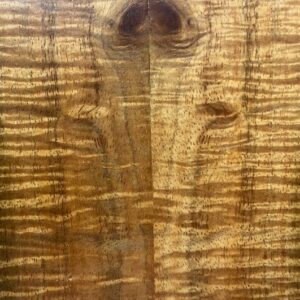
Koa Part of the Acacia family, Koa is native to the main islands of Hawaii and the largest native tree at 100 – 115 feet. Once used for ocean-going canoes, spear handles (Koa means warrior in Hawaiian), and the first surfboards, Koa is now found in ukuleles and other stringed instruments for its resonant tones. Once considered to be the wood of Hawaiian royalty, Koa is one of the most valuable hardwoods in the world. Janka Rating – 1220
Lacewood
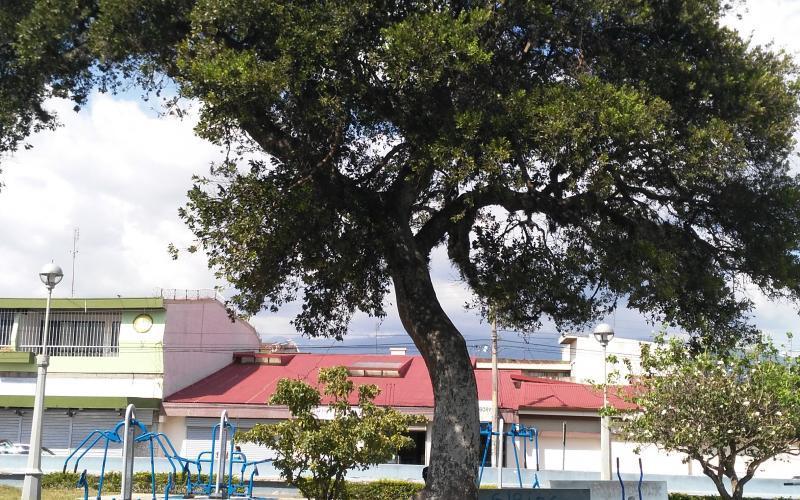
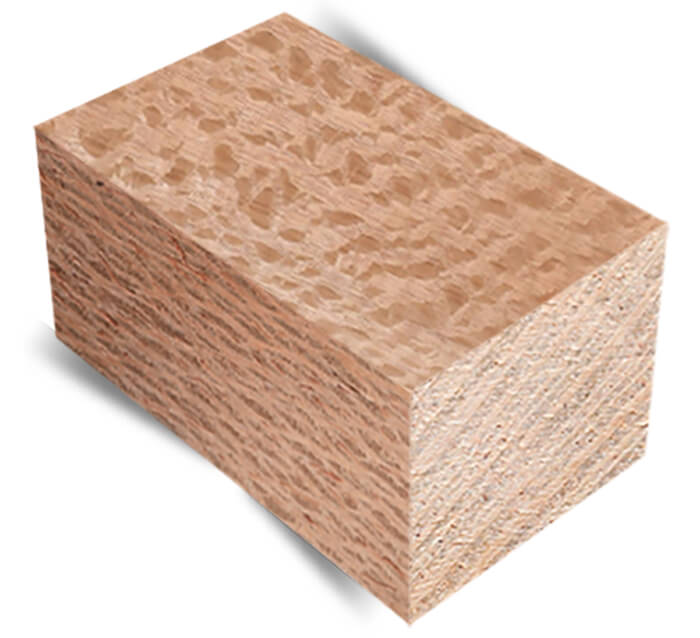
Lacewood Ranging from Mexico to Central South America, Lacewoods are small trees 30 to 50 feet tall whose blonde to lighter brown graining shows itself in intricate lace like patterns making it a popular wood for decorative boxes, furniture, and musical instruments. The term “lacewood” (a member of the Protea family with 60-90 genera and 1200-1700 species) is often misapplied to a variety of complex grained woods, particularly Leopardwood from Australia. Janka Rating – 840
Leopardwood
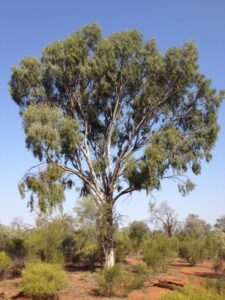
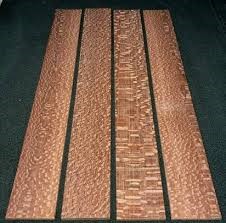
Leopardwood Leopardwood is found in the Central Highlands of Eastern Australia. It is a darker reddish brown and denser wood that is often mistaken for Lacewood which comes from tropical South America and is medium brown /blonder than Leopardwood. This tree is often used as fence posts for its durability and in furniture for its beautifully distinctive grain. Janka Rating – 2150
Mahogany
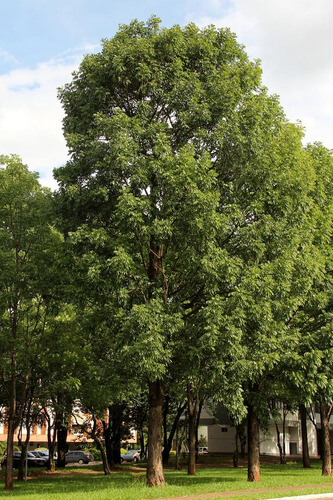
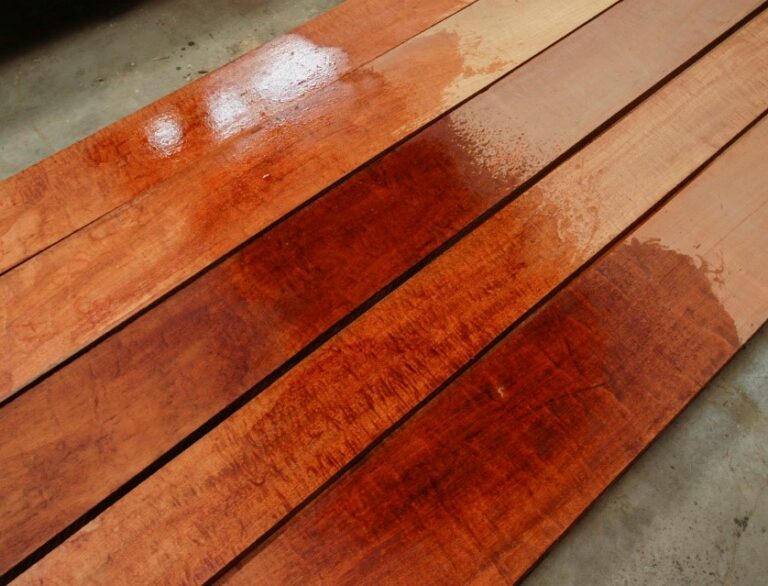
Mahogany Another huge tree from 150 to 200 feet tall and 3-6 feet in diameter, Mahogany has a long tradition in furniture making. Trees from Africa and Honduras are often called ‘true’ or ‘genuine’ Mahogany to distinguish it from Southeast Asian woods sold as ‘mahogany.’ In Africa, Mahogany trees are considered symbols of endurance and as guardians of the land, much like Redwoods are revered by Native Americans. Janka Rating – 900
Morado
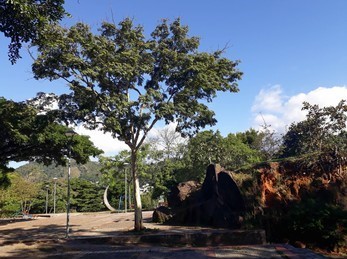
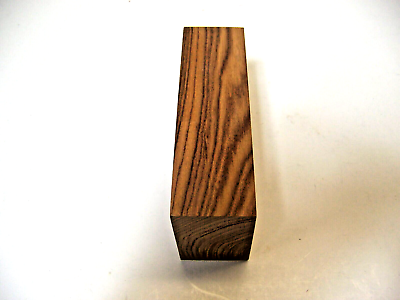
Morado From the Northeastern Brazilian and coastal regions, this medium sized tree is also known as Brazilian Rosewood and prefers the drier climates of Brazil. The indigenous peoples of the area make teas and infusions from the Morado pods to treat lung conditions, diabetes, arthritis, cancer, and digestive disorders. Janka Rating – 1780
Padouk
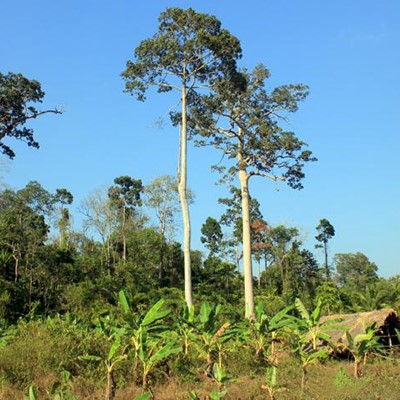
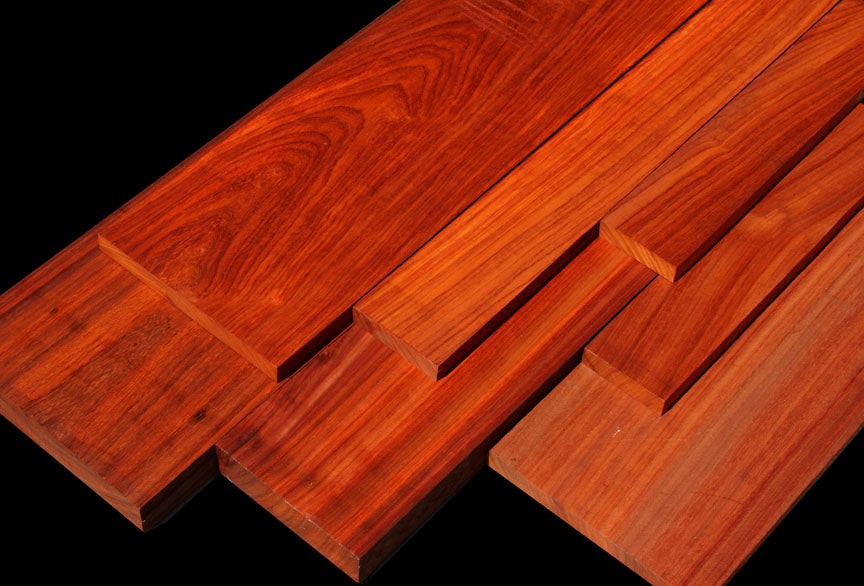
Padouk Growing in the dense rain forests of tropical Africa and Asia, Padouk trees can reach 150 feet and are admired by wood crafters for their glowing red orange interiors. Symbolizing power and strength, drawing from the elements of fire (suggested no doubt by its color), Padouk was used for the stalwart columns in the temple built by King Solomon. Janka Rating – 1725
Philippine Mahogany
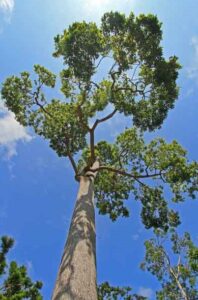
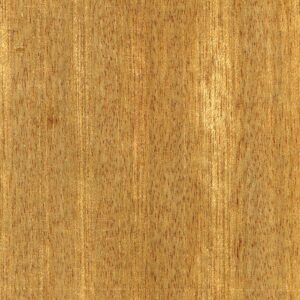
Philippine Mahogany Often called Meranti or Luan, this towering giant is not actually mahogany, but belongs to the Shorea genus with 138 species. Similar in grain appearance as mahogany, Philippine Mahogany has less red tones than African or Honduran Mahogany. It is largely used in industry to make plywood. Meranti has another claim to fame: the tallest trees in Southeast Asia with a Malaysian specimen recorded at 331 feet tall. Janka Rating – 800
Purple Heart
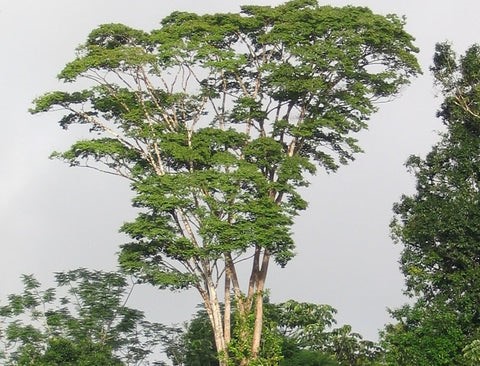
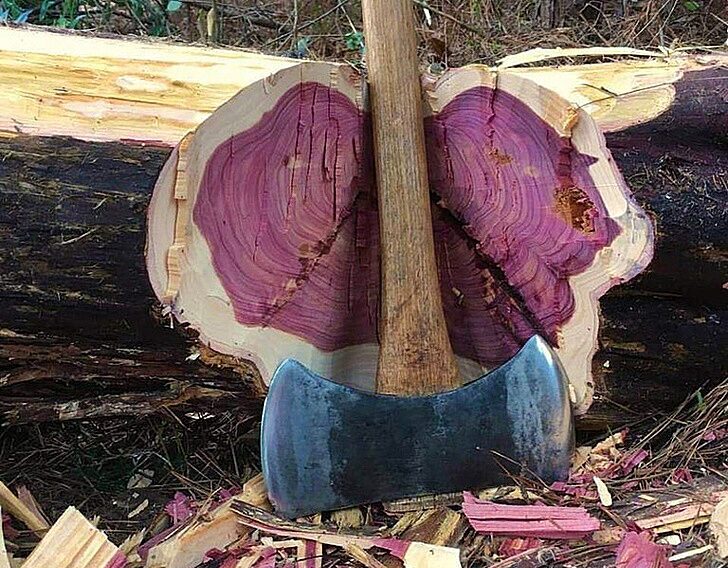
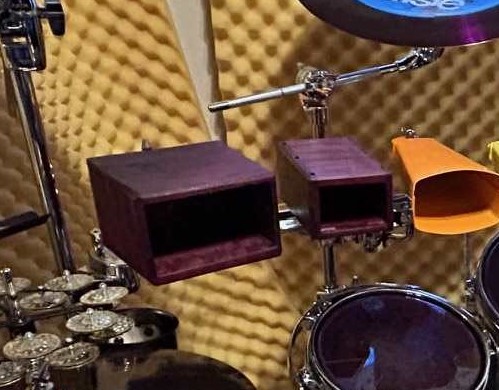
Purple Heart Raising its tall, wide crown up 100 – 170 feet, this family of 23 species range from Southeastern Brazil to Costa Rica and even Trinidad. Purple Heart trees are extremely resistant to water and decay, and readily sustainable. They are believed to enhance knowledge and creative energy, assist in healing, and sooth negative emotions. Durably hard and yet quite tonal, I even made a pair of temple blocks out of Purple Heart for my kit. Janka Rating – 2090
Red Oak
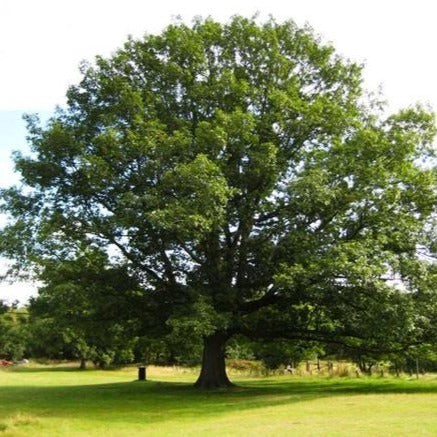
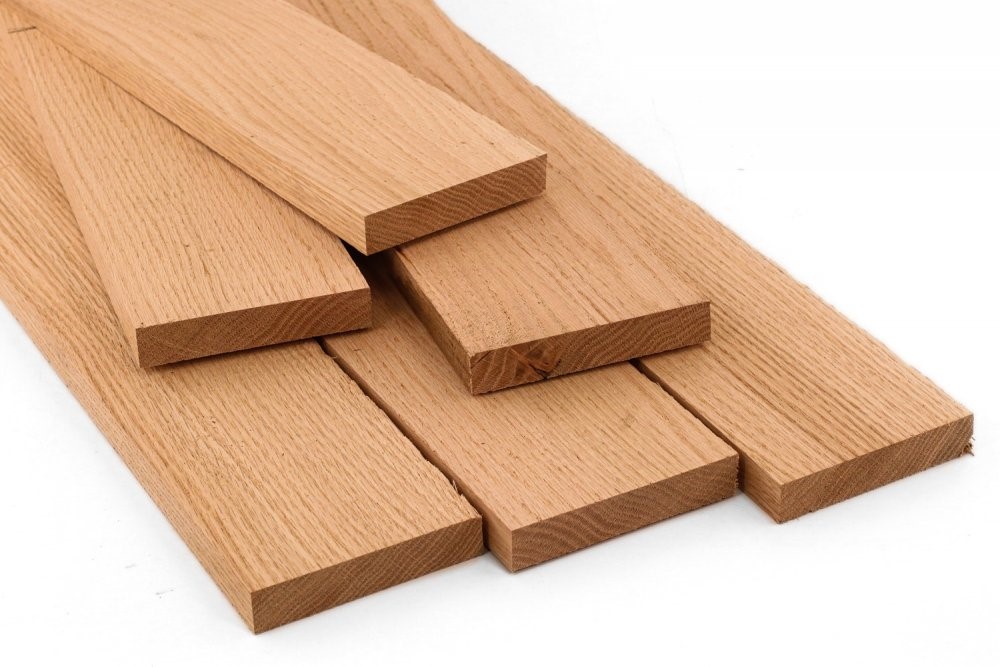
Red Oak The ancient Greeks believed that a nature spirit, in the form of a beautiful woman called a Dryad, lived in an Oak tree. From Nova Scotia to Alabama, From the Atlantic Ocean to Oklahoma, the mighty Red Oak spreads its shade as a proud member of this family of trees. From furniture to flooring, from cabinets to caskets, Oak trees hold a prominent place in wood crafting around the globe. Janka Rating – 1290
Wenge
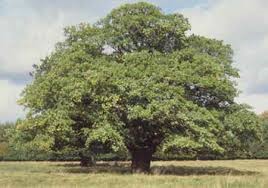
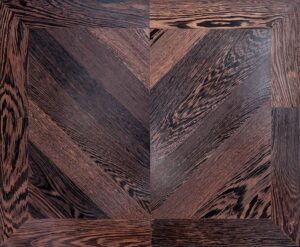
Wenge Pronounced ‘when-gee’ or ‘weng-gay’ and sometimes called Mibotu, Bokonge, or even Faux Ebony, this densely foliated tree lives in Central and West Africa. Ibanez and Warwick basses, hammered dulcimers, and archery bows are made at times with Wenge. Unfortunately due to exploitative logging and habitat destruction, some African countries are beginning to consider Wenge to be needing protected or even endangered status. Janka Rating – 1930
Yew
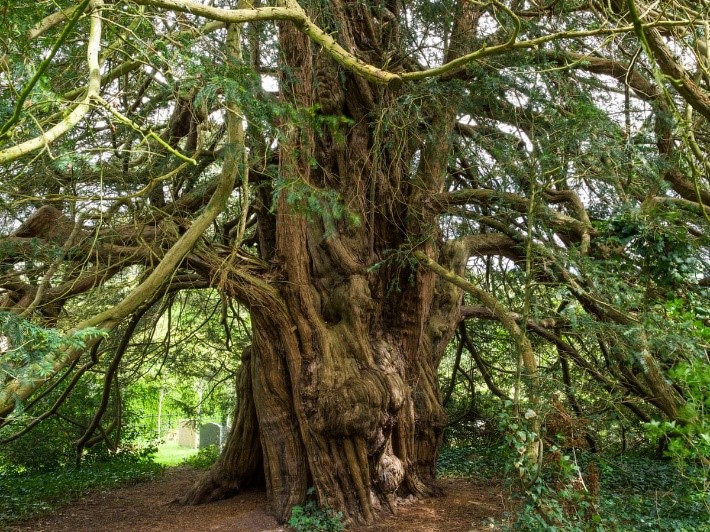
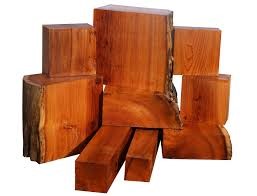
Yew A tree of revered history, Yew has been cherished by makers of the English longbow and woodcrafters for centuries. One of the softer of the hardwoods and renowned for its lengthy lifespan, Yew trees can obtain massive girths, growing in the north eastern portions of North America (American Yew) and throughout Europe (English Yew). The English Yew is now endangered and illegal to harvest unless by government permit. The oldest tree in Europe is in a churchyard in Perthshire, England, the Fortingall Yew is estimated to be 2000-3000 years old. Janka Rating – 1600
Zebrawood
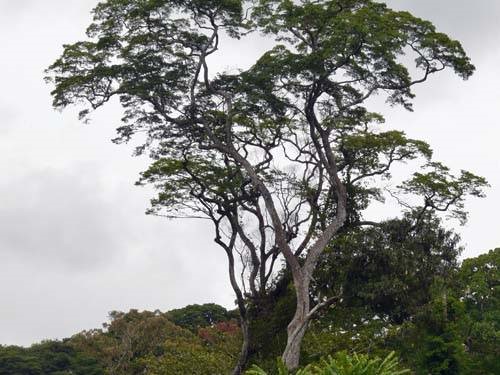
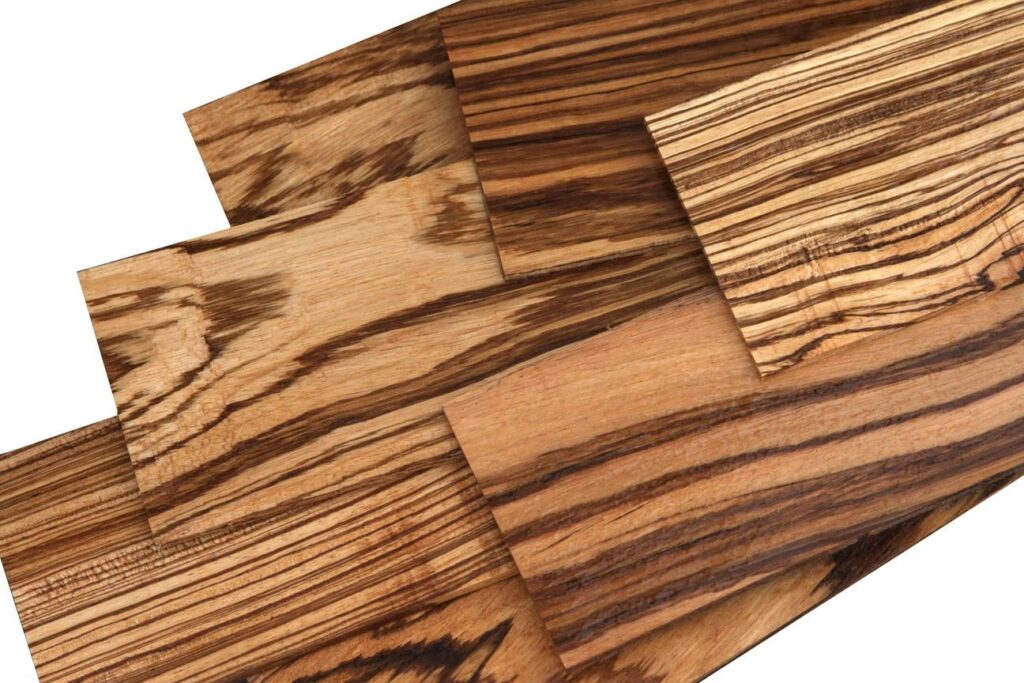
Zebrawood A vibrantly striped wood that comes from the tropical rainforest of Central West Africa, Zebrawood is also called Zebrano. Zebrawood is often associated symbolically with individuality and exoticism. A large tree, the Zebrawood can reach 65 – 130 feet tall with a trunk 4 – 5 feet in diameter. Janka Rating – 1575
Ziricote
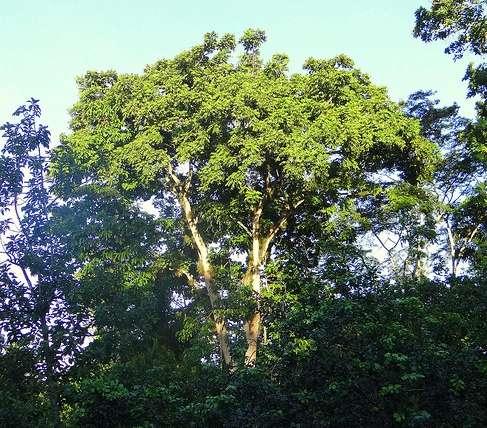
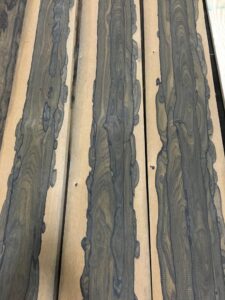
Ziricote A smaller tree from Mexico to Central America, Ziricote has been cultivated since the Mayan Empire growing 30 to 65 feet tall. While the outer sapwood is a pale blonde, the heart wood is a dark brown with a pecular rippled grain making it a popular choice of guitar luthiers. The trees produce an edible fruit that tastes like a blend of a Granny Smith apple and a banana. Janka Rating – 1970
